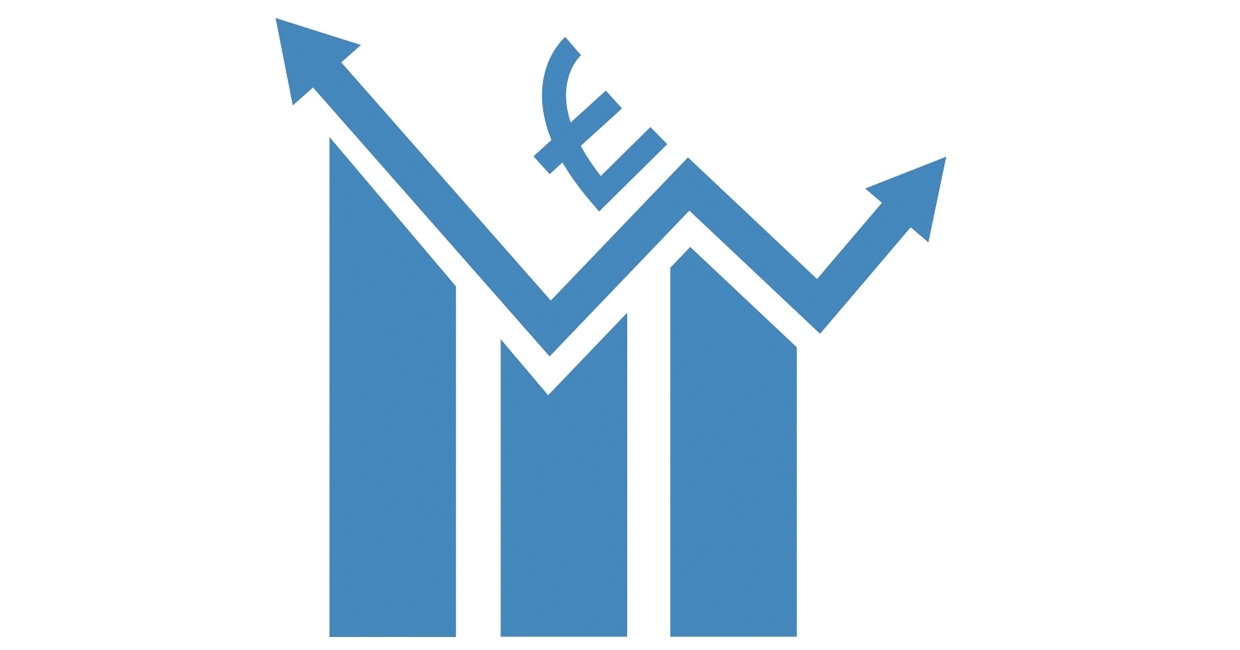Luke Stewart, a corporate dealer at Currencies Direct, tracks the trends in currency movement that are likely to impact on the activities of furniture importers and exporters …
The last few months have seen a wealth of volatility in currency markets, and one that can have a big impact on the furniture industry. Market sentiment would suggest the Euro is set to continue the trend and weaken against its two biggest counterparts, the US dollar and the pound. The Euro has dropped nearly six cents against the US Dollar in two months to below 1.20, whereas a slightly more volatile GBP against the Euro has seen rates move from a respectable 1.2475 to as high as 1.34-plus.
Last year was a pretty damp one for the Eurozone, with political tensions and weakening data throughout the bloc causing Mario Draghi, presdient of the European Central Bank, to start the €1t stimulus programme which will hopefully to boost the flagging economy.
Exporters to the Eurozone will likely experience difficult times over the coming months (as I had mentioned in my previous article in September’s issue of Furniture News), as imports are only becoming more expensive for the Eurozone members.
Data within the EU region is also cause for concern, as retail sales and manufacturing Purchasing Managers Index (PMI) numbers are steadily on the decline, while GDP data continues to paint a grim picture for the Eurozone.
The Euro has gradually weakened since and after dismal economic data prints, and 2015 has not started well, as Greek political turmoil also put pressure on the currency. The EU powerhouse Germany has weighed in with its own thoughts on Greece, suggesting they have to adhere to the terms of the bailout agreement in place, with some economists believing that Germany have already made it known they can see the Eurozone holding firm without Greece.
The fate of the Euro is now dependant on Mario Draghi’s stimulus programme (QE) which is ongoing for the next 18 months. Analysts will be watching as he tries to kick-start growth and inflation which has remained considerably poor. Low inflation numbers and uncertain monetary stimulus have left the single currency limping out of 2014, and one thing is for certain – the Euro finds itself wedged between a rock and a hard place.
The US Dollar is the most traded currency in the world, and when risk aversion runs high in the foreign exchange market, traders will often look to purchase US treasuries which can create demand for the dollar.
2014 was the most volatile year in US trading since the 2008 crash, seeing GBP/US Dollar highs over 1.70-plus down to February’s trading of 1.50 levels. The severe weather which battered the East Coast in January had an effect on all US-related data – especially manufacturing, which ground to a halt during the harsh period.
But now the US has recovered dramatically – so much so that the Federal Reserve have been able to completely stop the Quantitative Easing programme which was put in place in Q3 2012 to stimulate the economy.
Jobless figures have also improved, showing signs that the US economy is making big steps on the road to recovery. Given that we are now in the low 1.50 levels, timber and fabric importers will see an added cost due to the downward turns in exchange rates.
Market sentiment would suggest long term that the GBP against the US Dollar could start to test the sub-1.50 levels in 2015.
With the uncertainty of the UK election also coming up later this year, markets will certainly be volatile across the board. Without currency hedging strategies in place, margins on international trade will be at the mercy of market volatility.
Luke Stewart is a corporate dealer at Currencies Direct, an associate member of the BFM that is focused on helping the association’s members improve their foreign exchange transactions.










